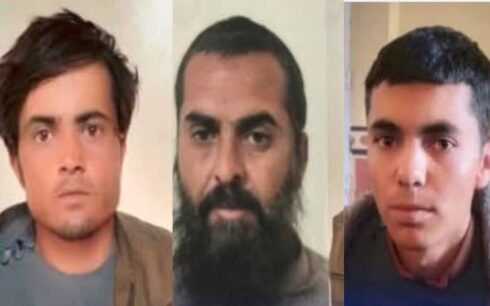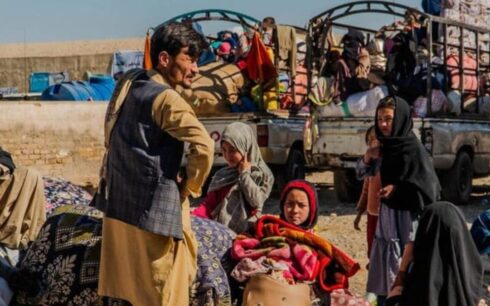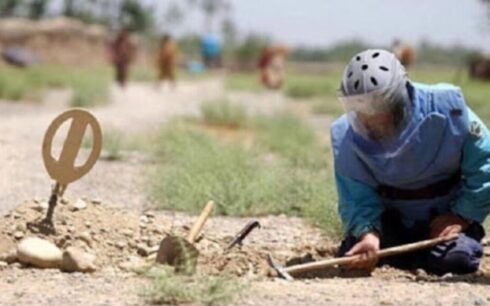A new report by the United Nations High Commissioner for Refugees (UNHCR) reveals that 68 percent of household heads among Afghan refugees in Iran and Pakistan report experiencing one or more vulnerabilities.
The UNHCR report highlights that female-headed households, which face additional challenges, make up 20.3 percent of the host community and 20.4 percent of the refugee population. Male heads of households reported a higher incidence of disabilities at 11.3 percent, compared to 6.6 percent among female heads.
According to UNHCR, among returnee refugees, 61 percent reported feeling stress that affects daily life, such as sleep disturbances or physical symptoms. Unemployment is the most common stressor, particularly among internally displaced persons (IDPs), affecting 84.4 percent of this group. Other significant stressors identified by UNHCR include food insecurity, physical health issues, and lack of access to essential services, exacerbating the mental health crisis.
The UNHCR report finds drug dependence alarmingly high among refugees and asylum-seekers, with 64.1 percent reporting addiction issues, marking a critical area for intervention.
UNHCR also notes high school dropout rates, particularly among IDPs and refugee and asylum-seekers, with over 35 percent in both groups, indicating significant educational gaps. According to UNHCR, life-threatening health issues are a major concern for returnee refugees, with 35.8 percent affected, compared to just 2.9 percent among refugees and asylum-seekers, pointing to disparities in health service accessibility.
Additionally, UNHCR identifies vulnerabilities among household members, including disabilities (8.5 percent in female-headed households and 6.7 percent in male-headed households), women at risk (13.8 percent and 10.8 percent, respectively), and persons with specific legal protection needs (3.4 percent for females and 1.4 percent for males). According to UNHCR, children at risk are more frequently reported in female-headed households (21.1 percent) than in male-headed ones (14.6 percent).
The UNHCR report underscores the urgent need for targeted interventions to address these vulnerabilities and improve the living conditions of Afghan refugees and asylum-seekers in Iran and Pakistan.





